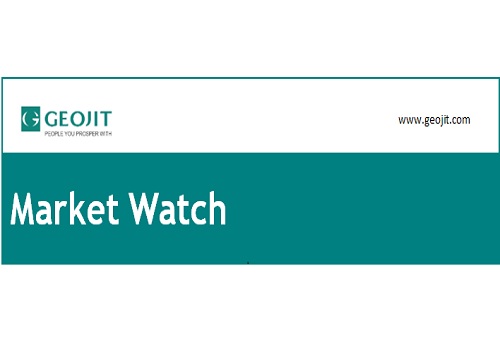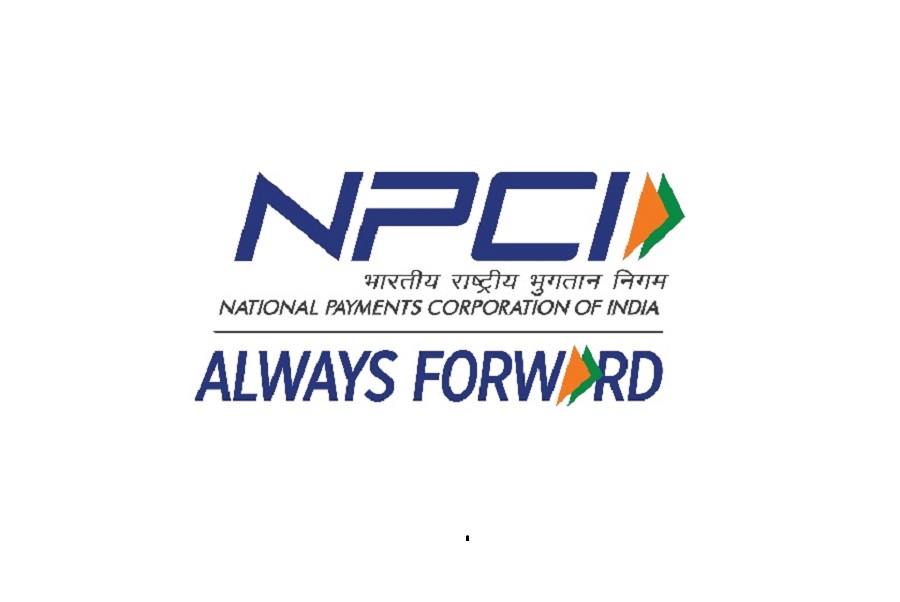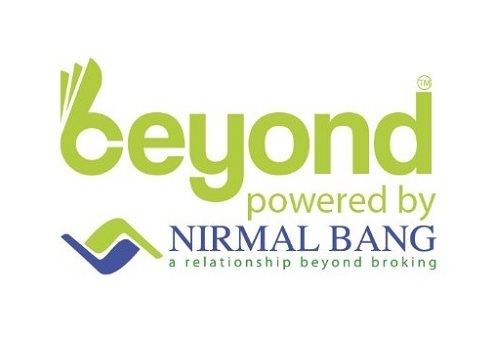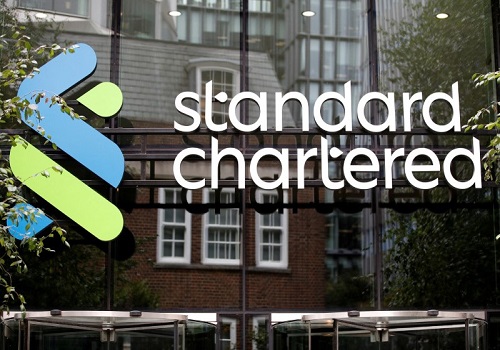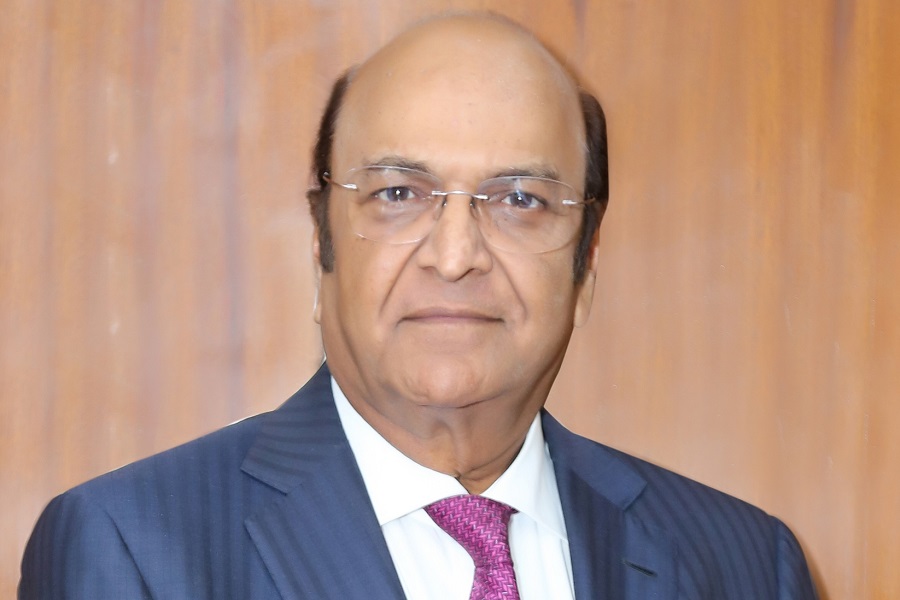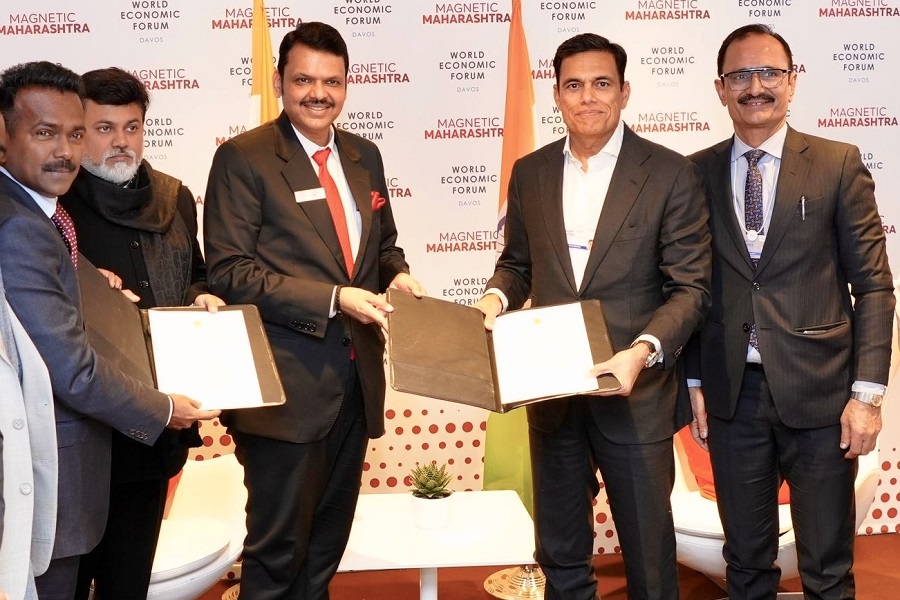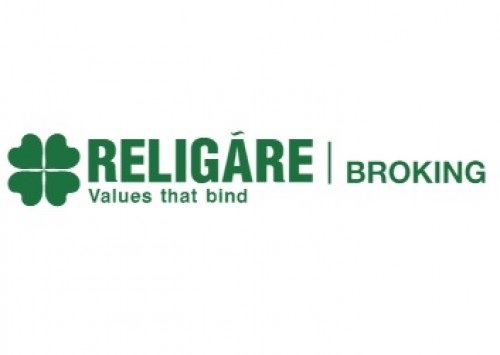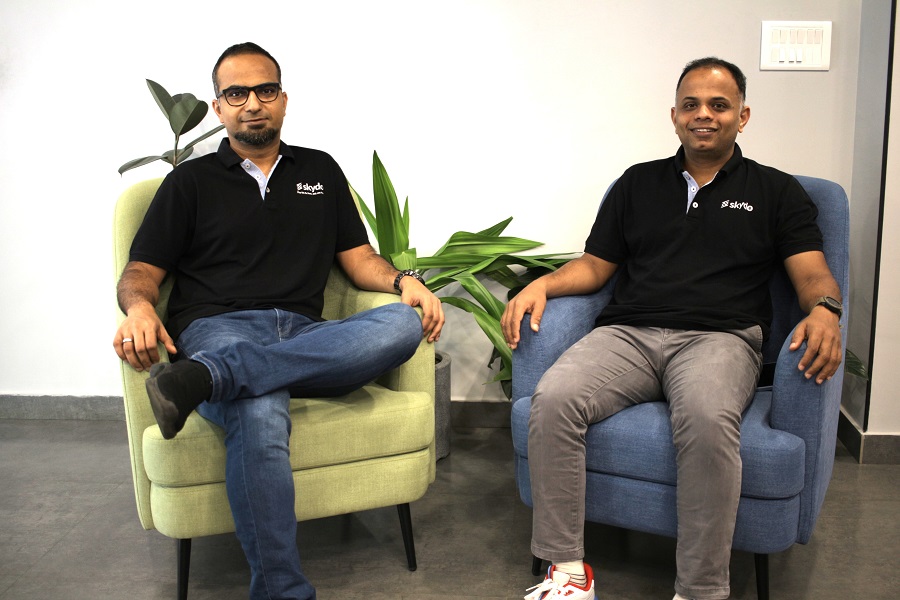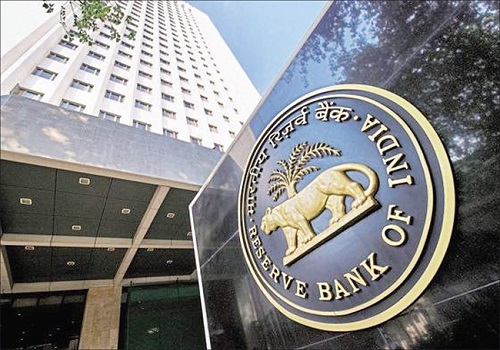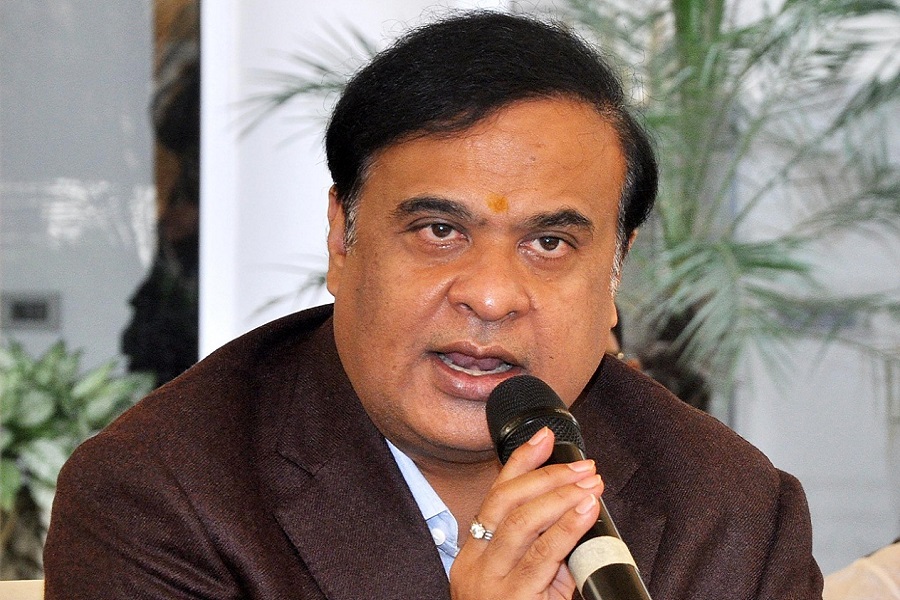How middle-income families can make their money grow while playing safe

Middle-income families have multiple options to funnel their hard-earned savings into investment plans being offered by banks, post offices and financial firms, especially for them.
These range from no-risk plans backed by the government that offer guaranteed returns, to middle-risk and higher-risk plans promising higher returns. The latter carry an element of risk as they are linked to the stock market and therefore prone to its fluctuations.
Middle income investors who want to play safe and avoid risk can invest in the following schemes that offer guaranteed returns:
Public Provident Fund (PPF): This is the most popular long-term investment product with a minimum investment of just Rs 100 per annum.
The scheme guarantees returns of 7.10 per cent per annum that are completely tax-free. PPF schemes are also eligible for tax saving under Section 80C of the Income Tax Act. However, the scheme has a lock-in period of 15 years.
Post office savings schemes are government-backed and thus provide guaranteed returns. These have the advantage of giving returns at a compound rate of interest which is much higher than other bank saving schemes that offer simple interest. They also offer tax benefits up to Rs 1.5 lakh under Section 80C of the Income Tax Act.
Post office saving schemes: These include several reliable products on which the interest rate varies according to the tenure, ranging from 6.9 per cent for a year’s term to 7.5 per cent for a five-year term which is compounded on a quarterly basis.
There is also a post office monthly income scheme which is suitable for senior citizens. The maximum deposit for the senior citizen monthly income scheme has been enhanced from Rs 15 lakh to Rs 30 lakh.
The maximum deposit limit for the monthly savings scheme has also been enhanced from Rs 4.5 lakh to Rs 9 lakh for a single account and from Rs 9 lakh to Rs 15 lakh for a joint account.
National Savings Certificate: The NSC is a government scheme with a tenure of five years and pays an interest of 7.70 per cent per annum. Both the investment and interest are exempt from tax.
Fixed Deposits: These are offered by banks and are popular and conventional investment products that are safe with guaranteed returns. The interest rate varies from bank to bank but lies within the range of 3.50 per cent to 8.50 per cent per annum, depending on the tenure which can range from less than a month to a period of 10 years.
Options that offer high returns but carry risk:
Equity funds: Equity mutual funds mainly invest in stocks and other equity instruments. The returns are market-linked, and hence there is no guarantee of returns. Equity is an asset class that has the potential to deliver high returns in the long-term horizon (5+ years) to maximise returns but there is a risk involved as markets can crash.
Hybrid funds: These funds invest in both equity and debt instruments. Their returns are dependent on the market and best suit a medium-term investment horizon (3-5 years). They are less volatile than equity funds but riskier than debt funds.
Schemes with moderate risk:
National Pension Scheme: The NPS is a government scheme that encourages retirement savings. The returns are market-linked, but since a government institution regulates the scheme, it is considered a moderately safe investment option.
Debt Funds: Debt funds majorly invest in fixed income securities. They are low-risk investments that offer predictable returns. However, they are subject to default risk and interest rate risk. These are short term investments that suit tenure of one to five years.
Plans for Senior Citizens:
Those above the age of 60 should give a high priority to investing in schemes that are safe and generate guaranteed and regular income.
Senior Citizens Savings Scheme (SCSS)
Post Office Monthly Income Scheme (POMIS)
Senior Citizen FDs and RDs
It helps to consult a professional financial advisor while making an investment plan to get the best returns. An investor must clearly understand the financial product s/he is going in for before putting money into it, especially in the case of high-risk market-linked schemes.
Having a diversified and balanced portfolio also helps to reduce the overall risk.
